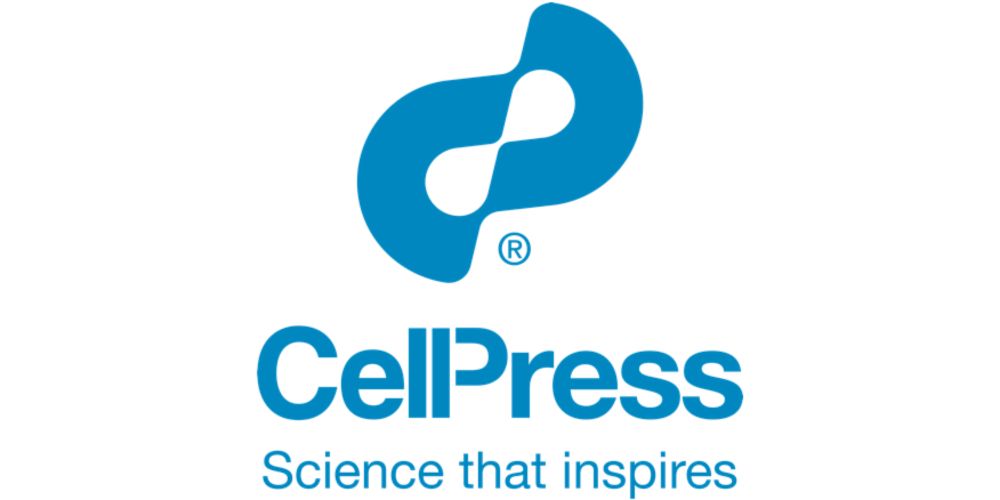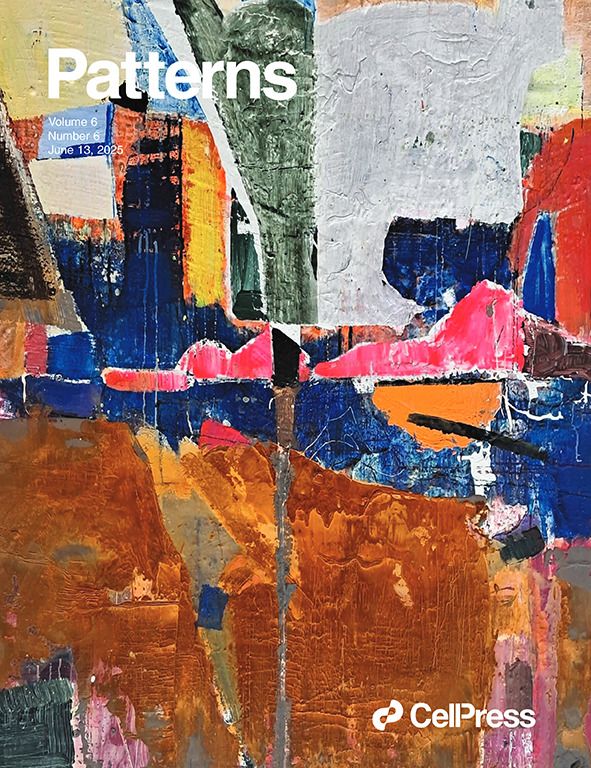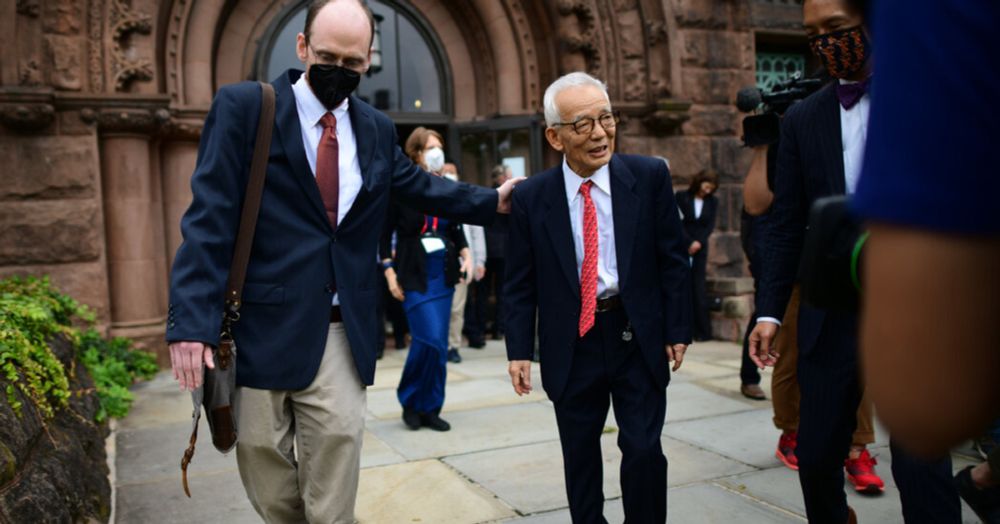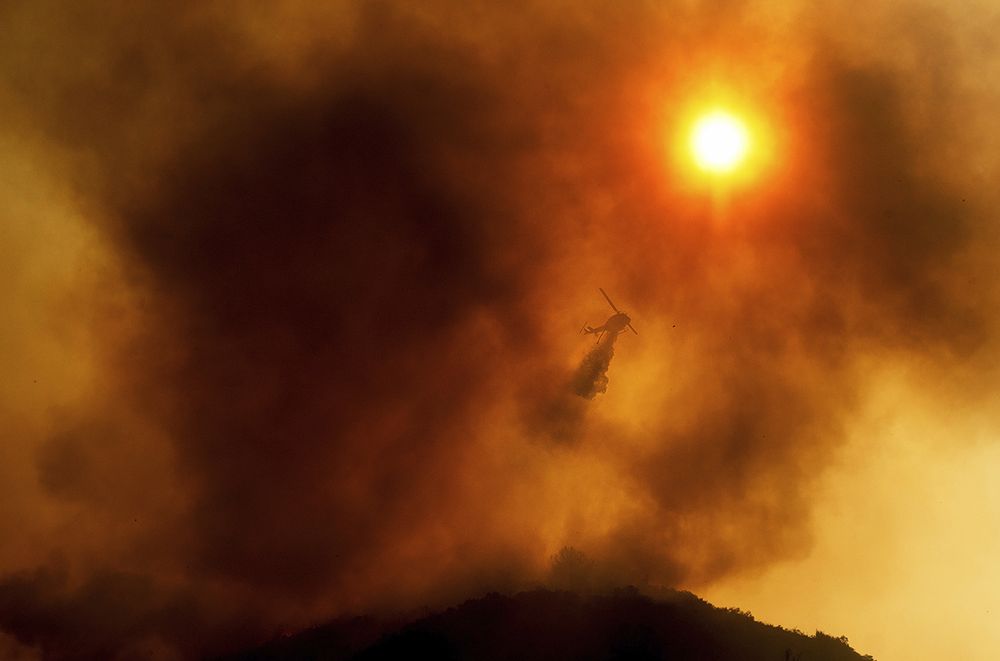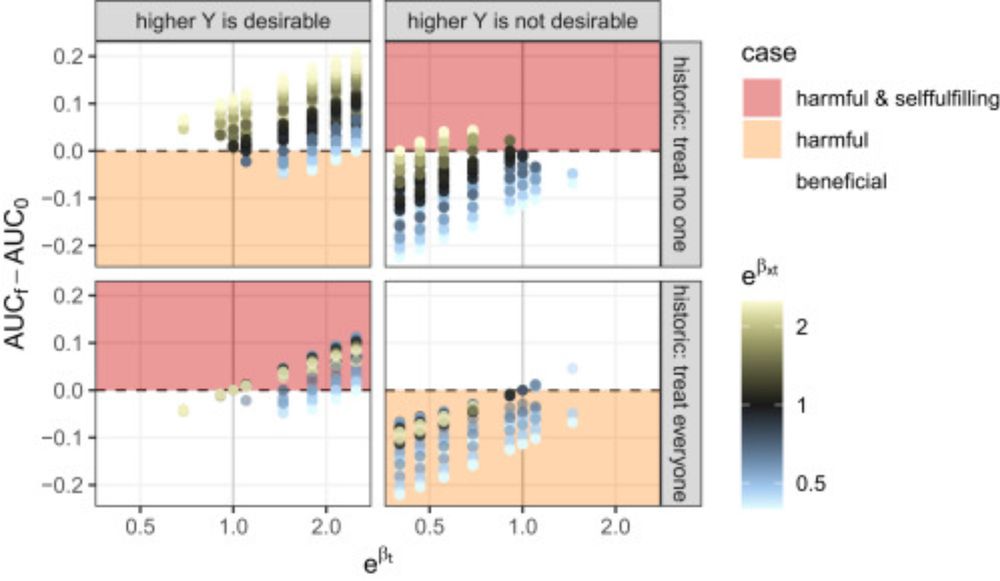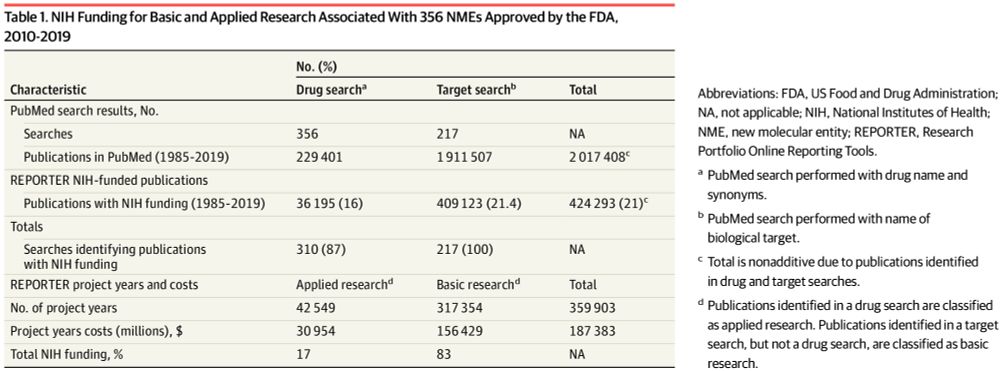Andrew L. Hufton
@alhufton.bsky.social
46 followers
52 following
17 posts
I'm just getting started on Bluesky...
Personal website: https://alhufton.com/.
Editor-in-Chief of Patterns at Cell Press @cp-patterns.bsky.social
Posts
Media
Videos
Starter Packs
Reposted by Andrew L. Hufton
Reposted by Andrew L. Hufton
Reposted by Andrew L. Hufton
Andrew L. Hufton
@alhufton.bsky.social
· Aug 20
Reposted by Andrew L. Hufton
Reposted by Andrew L. Hufton
Reposted by Andrew L. Hufton
Reposted by Andrew L. Hufton
Ellen Barry
@ellenbarry.bsky.social
· Apr 11

She Worked in a Harvard Lab to Reverse Aging, Until ICE Jailed Her (Gift Article)
President Trump’s immigration crackdown ensnared Kseniia Petrova, a scientist who fled Russia after protesting its invasion of Ukraine. She fears arrest if she is deported there.
www.nytimes.com
Reposted by Andrew L. Hufton
Reposted by Andrew L. Hufton
Reposted by Andrew L. Hufton
Reposted by Andrew L. Hufton
Katie Phang
@katiephang.bsky.social
· Apr 1
Reposted by Andrew L. Hufton
Reposted by Andrew L. Hufton
Reposted by Andrew L. Hufton
Reposted by Andrew L. Hufton


